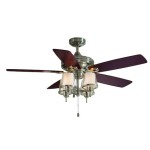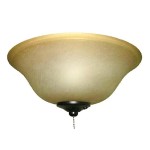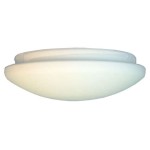Essential Aspects of False Ceiling Lights
False ceiling lights, also known as recessed lights or ceiling downlights, are an essential element of modern interior design. They provide ambient and task lighting, enhancing the aesthetics and functionality of a space. Understanding the key aspects of false ceiling lights is crucial for making informed decisions during your renovation or construction project.
Types of False Ceiling Lights
False ceiling lights come in various types, each with its distinct purpose:
- Fixed Downlights: Illuminate a specific area with a focused beam of light, ideal for highlighting artworks or kitchen countertops.
- Adjustable Downlights: Allow for flexibility in directing light, suitable for drawing attention to particular objects or creating accent lighting.
- Directional Downlights: Project light in a specific direction, useful for creating dramatic effects or illuminating shelves.
- Linear Lighting: Provide even illumination over a larger area, often used in hallways or workspaces.
- Beam Angle: Determines the spread of light, affecting the intensity and coverage of the illumination.
- Color Temperature: The warmth or coolness of the light, measured in Kelvin (K), ranging from warm white (2700-3000K) to cool white (4000-5000K).
- CRI (Color Rendering Index): Measures how accurately colors are rendered under the light, with a higher CRI indicating more vivid colors.
- Dimmability: Allows for adjusting the brightness to create different ambiances or save energy.
- Energy Efficiency: LED false ceiling lights consume less energy than traditional incandescent bulbs.
- Aesthetic Versatility: They blend seamlessly into the ceiling, providing a clean and modern look.
- Functionality: They provide targeted or diffused lighting, enhancing both ambiance and visibility.
- Space Saving: False ceiling lights don't protrude from the ceiling, saving valuable headroom in smaller spaces.
- Professional Installation: It's recommended to hire a qualified electrician for safe and efficient installation.
- Regular Cleaning: Wipe down the lenses or diffusers periodically to maintain light quality.
- Bulb Replacement: Replace burned-out bulbs promptly to prevent damage to the fixture.
Factors to Consider When Choosing False Ceiling Lights
When selecting false ceiling lights, consider the following factors:
Benefits of False Ceiling Lights
False ceiling lights offer several advantages:
Installation and Maintenance
Proper installation and maintenance are essential for the longevity and performance of false ceiling lights:
Conclusion
False ceiling lights are an indispensable element of contemporary interior design, providing functional and aesthetic enhancements to any space. By understanding the various types, factors to consider, benefits, and maintenance requirements, you can make informed choices that illuminate your home or office with style, efficiency, and durability.

5 Diffe Types Of False Ceiling Lights For Your Home Goldmedal

Best 13 Diffe Types Of Ceiling Lights Designs

Top 3 Ideas To Light Up Your Ceiling Saint Gobain Gyproc

False Ceiling Lighting The Ultimate Faq Guide 65 Images Building And Interiors

Top 3 Ideas To Light Up Your Ceiling Saint Gobain Gyproc

Alternative To False Ceiling Lights Brighten Up Your Home

25 Types Of Ceiling Lights Ultimate Design Guide Designing Idea

Beautiful And Easy To Install Profile Light Ceiling Designs

False Ceiling Light Options For Your Living Room Design Cafe

Ceramic Led Light False Ceiling At Rs 150 Piece In Kolkata Id 16391460297
Related Posts








